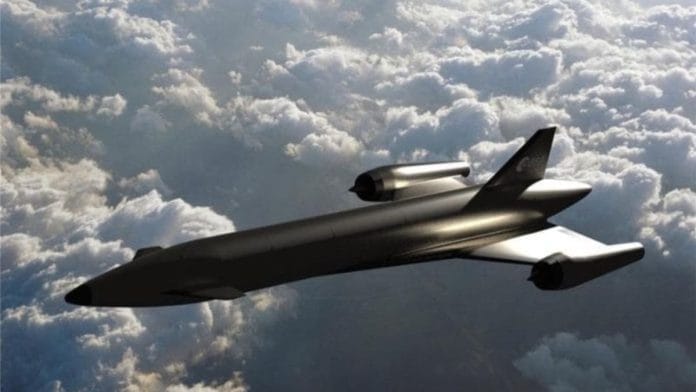New Delhi: The European Space Agency (ESA), in collaboration with the UK-based Frazer Nash Consultancy, has launched a research programme aimed at developing and flying a hydrogen-powered spaceplane by 2031.
“The vehicle will demonstrate key technologies for sustained hypersonic flight in the atmosphere and will be upgradable, allowing for the exchange of materials, software, and propulsion systems between flight test campaigns,” the ESA said in a statement.
The ESA’s General Support Technology Programme and Technology Development Element funds will drive the research programme, called INVICTUS, to develop hypersonic technologies that could apply to future horizontally launched, reusable spaceplanes.
The proposed fully reusable experimental aerospace vehicles would be capable of flying at Mach 5, meaning five times the speed of sound.
In this report, ThePrint explains the technology.
The technology
Announced as a precursor to the UK Space Conference, scheduled for 16-17 July, the INVICTUS programme will bring together players in the hypersonic technology field, including Spirit AeroSystems, Cranfield University, and Frazer Nash Consultancy, the firm leading the project.
Under INVICTUS, a preliminary design for a full-flight system, with conceptual, preliminary and detailed designs, will be analysed.
The technology would utilise precooled hydrogen-fueled propulsion, which would allow the incoming hypersonic airflow to cool down before entering the engine. That, in turn, would enable sustained operation at extreme speeds, exceeding the limits of conventional jet engines by a significant margin. Reaction Engines Limited, a company that, in 2024, ceased operations, followed by Frazer Nash absorbing it, had developed the precooled hydrogen-fuelled propulsion.
A traditional jet cannot fly at hypersonic speeds because an aircraft under the conditions prevailing at that speed will experience extremely high temperatures due to shock heating and friction from the air. A precooler engine, however, solves this problem. It cools the air before it reaches the engine, allowing the craft to travel at such high speeds.
What will make the hydrogen-powered spaceplane different from existing rockets is that it will take off horizontally from a runway and reach the outer realms of space before its return, landing in the same way as a regular commercial plane. Its hydrogen-powered engines would cause lower emissions and have improved efficiency compared to traditional jet-fueled engines.
ESA, in its statement, said the full-flight system will be a reusable vehicle, scheduled to take flight by 2031.
(Edited by Madhurita Goswami)
Also Read: A Bengaluru startup is making space travel greener; co-founder says ‘fuel of the future’ is here






